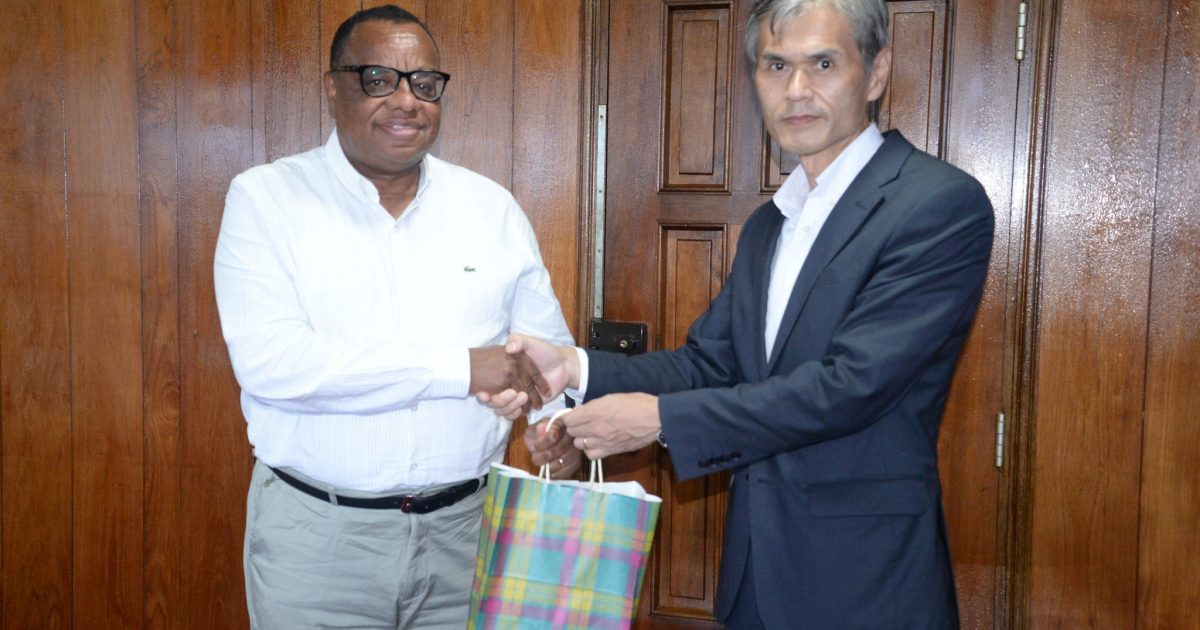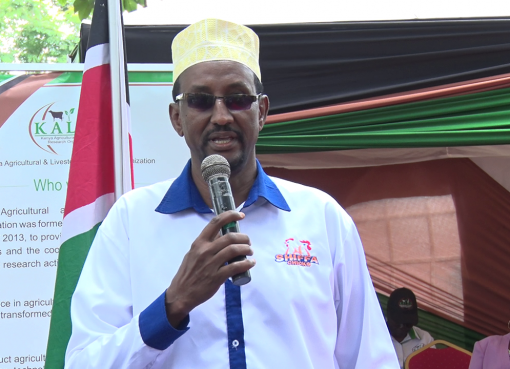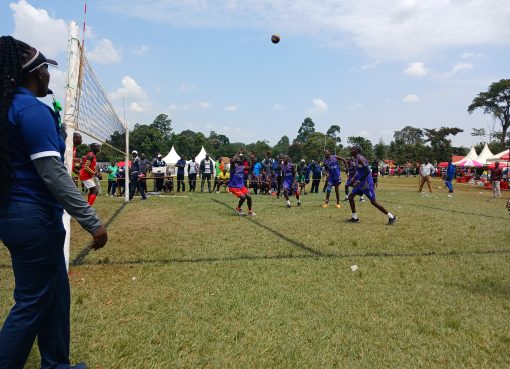The Japanese International Cooperation Agency (JICA) has pledged to continue supporting the Kenya Ports Authority (KPA) in upgrading port infrastructure to accelerate growth of the East Africa regional economies.
JICA has been a close partner of KPA, having funded the construction of the Sh32 billion second container terminals at the Port of Mombasa.
The Mombasa Port’s second container terminal, which is set on 100 acres at Kilindini Harbour, is projected to ease congestion at the busy port.
The Port of Mombasa is the main gateway to the Eastern African region, serving a wide and rapidly growing hinterland consisting of Kenya, Uganda, Rwanda, Burundi, South Sudan, Northern Tanzania, Eastern Democratic Republic of Congo, Ethiopia and Somalia.
KPA acting Managing Director (MD) John Mwangemi says JICA has recently completed the construction of phase two of the terminal which has increased the port’s capacity by 450,000 twenty-foot equivalent units (TEUs) to the current 2.1 million TEUs.
Mwangemi says KPA will partner with JICA in its efforts to upgrade and refurbish maritime port infrastructure noting that port infrastructure is critical for connectivity and economic growth.
He says KPA is banking on infrastructure upgrades in a bid to make the premier port more useful for larger container ships and deal with the surge in traffic.
He KPA MD says the authority is keen on developing the existing port infrastructure in the country.
Mwangemi says JICA is also playing a key role in the planned development of the Dongo Kundu Special Economic Zones in Mombasa County.
The Sh. 39 billion Dongo Kundu Special Economic Zones is expected to make Mombasa a regional logistics and manufacturing hub.
The special economic zone sitting on a 3,000-acre parcel of land near the port of Mombasa will comprise an export-processing zone (EPZ), industrial parks, free trade zones, as well as other auxiliary services such as tourism, meeting, conferencing and exhibitions.
The KPA MD disclosed this when he received in his office Katsuo Matsumoto, Director General (DG) Infrastructure Engineering Department at JICA and Mari Kato Senior Representative of the JICA Kenya Office.
Mwangemi said KPA is already in the process of conducting a feasibility study for the development of phase three of the second container terminal at the Port of Mombasa.
Matsumoto said JICA and KPA have a long-standing friendship with the development of Phase one of Mombasa Port Development Project which was completed in February 2016 while phase two of the project was completed in May 2022.
“An increase in port capacity means increasing trade and thereby preparing Kenya for any financial shocks by positioning it at a competitive edge in the world which has become a global village,” he said.
Later Matsumoto, accompanied by the Kenya National Highways Authority (KeNHA) Director Development (dg) Eng. Charles Obuon and Deputy Director Special Projects Eng. Samuel Ogege visited several road project sites to monitor progress such as the Mombasa Port Area Road Development project (MPARD) which has three packages.
Package I of the project from Miritini to Kipevu was completed in May 2018.Package II of the project from Mwache to Mteza (Dongo Kundu) is on-going to be completed in March 2024 while package III from Mteza to Kibundani is at the final stages and will be completed in July 2023.
“The road projects are meant to provide infrastructure to transport cargo to and from the port of Mombasa quickly, efficiently and cost effectively and ensure efficient evacuation of goods to and from hinterland,” he said.
The JICA senior official went on ‘the massive port and road infrastructure investments will improve livelihoods and transform economies besides expanding the country’s trade competitiveness within the East and Central African region.
Eng. Obuon said once all the three packages of the MPARD are completed, the travel time and vehicle operating costs within the counties of Mombasa and Kwale will be reduced significantly and the move will catalyze industrial development.
Meanwhile the KPA MD disclosed that the port of Mombasa is projected to handle 35 million metric tons total cargo throughput in 2022.
He says a marginal increase has been recorded in the total cargo throughput, Container traffic, transshipment, and transit traffic.
Mwangemi says container traffic registered a 4.4 % increase to record 361,324 TEUs against 346,135 TEUs recorded last year.
He said last year, the port of Mombasa handled 34.55 million metric tons total throughput, recording a growth of 1.3 percent against 34.12 million metric tons in 2020.
“In container traffic, the port handled 1.43 million TEUs representing a robust growth of 5.6 percent over 2020 performance when 1.35 million TEUs were handled,” he said.
He at the same time disclosed that Democratic Republic of Congo is now the third largest market for the Port of Mombasa after Uganda and South Sudan with a market share of 8.2 percent.
With the formal admission of the DRC to the East Africa Community, more private and public organizations from the Central Africa country are setting up businesses in the country.
To cement their position, Lignes Maritimes Congolaises – DRC government owned shipping line began operations in Mombasa in June this year becoming the latest entrant to Mombasa.
By Hussein Abdullahi





